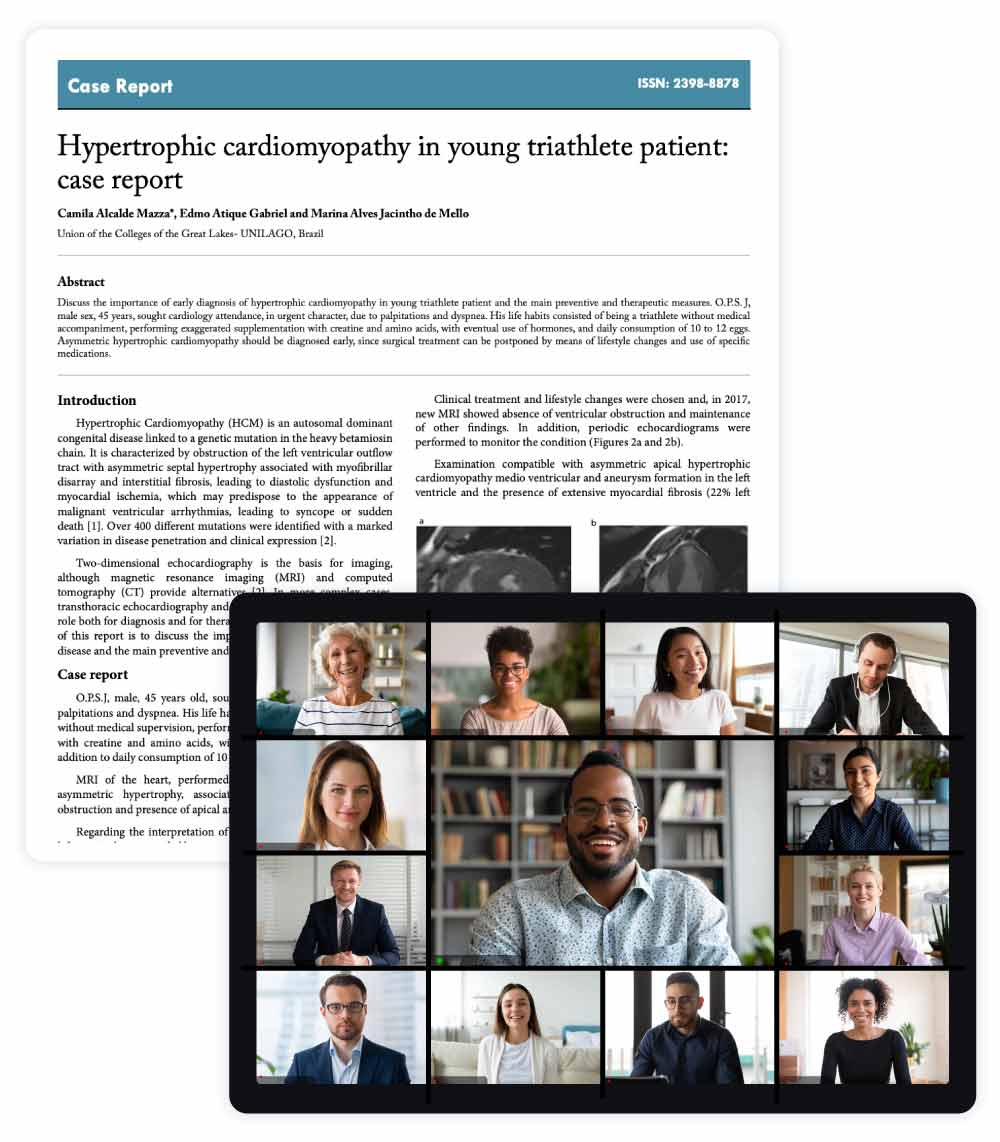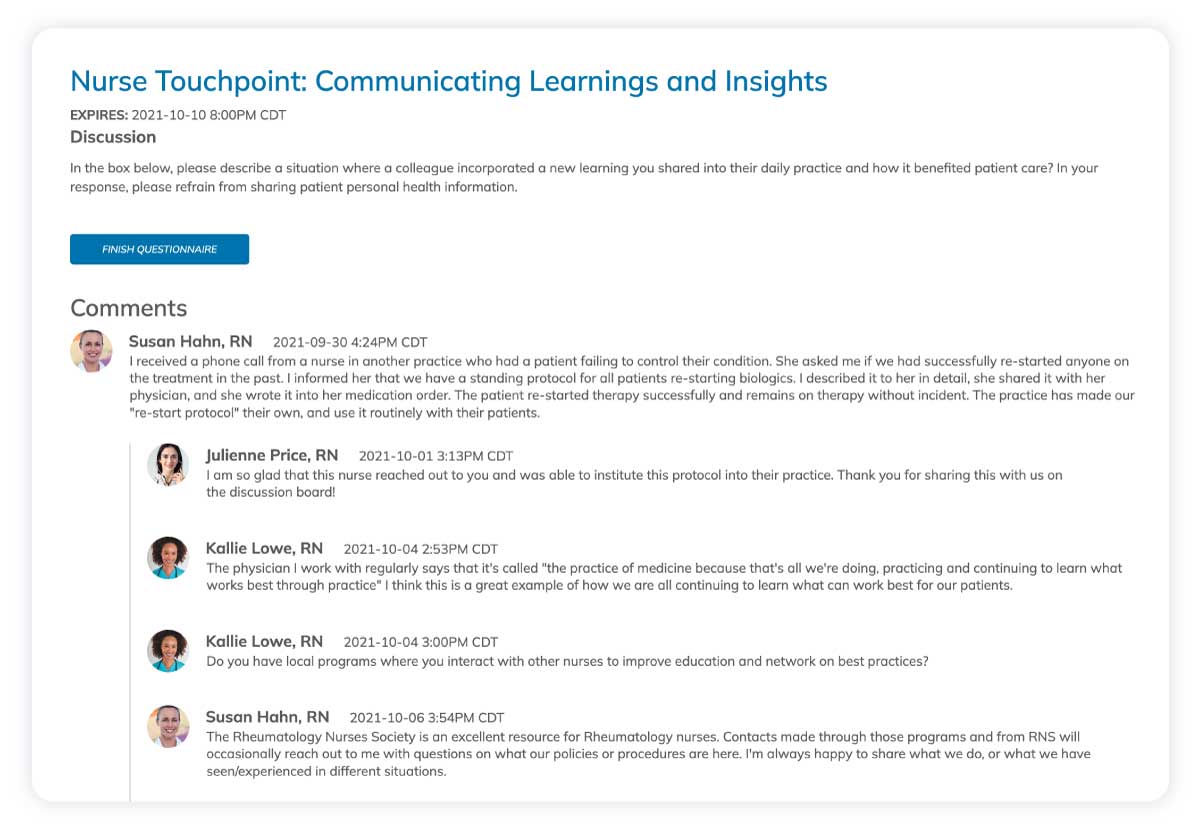Hosting successful virtual scientific advisory boards requires careful planning, the right technology and a strategic approach to engagement.
As demonstrated by our recent collaboration with Mediar Therapeutics, virtual advisory boards can deliver superior insights compared to traditional in-person meetings while significantly reducing costs and complexity.
This guide will walk you through the essential elements of planning and executing effective virtual advisory boards based on our proven methodology.
Jump to:
- Planning your virtual advisory board
- Technology and platform considerations
- Executing the advisory board
- A few of our best practices for success
Learn more about how we support virtual and hybrid advisory board engagements, and contact us for a free demo.
Planning Your Virtual Advisory Board
After more than a decade of facilitating scientific and commercial advisory boards, I've learned that success hinges on thorough planning and a deep understanding of your stakeholders' needs. Let me share some practical insights to help you navigate this crucial phase.
Setting Clear Objectives
The most successful advisory boards start with crystal-clear objectives that align with your organization's broader strategic goals.
For example, when Dr. Jeffrey Bornstein from Mediar Therapeutics recently approached us, he wasn't just looking to gather general feedback — he needed specific strategic insights to guide clinical development decisions across three distinct fibrotic disease areas. This clarity helped us design an engagement that delivered precisely what his team needed.
|
Start by asking yourself:
For instance, are you seeking to validate a clinical development strategy, understand treatment patterns or identify potential roadblocks in your approach? These answers will shape everything from advisor selection to discussion formats. |
Consider documenting three types of objectives: must-have insights, nice-to-have learnings and potential bonus outcomes. This prioritization helps maintain focus while remaining open to unexpected valuable insights that often emerge during discussions.
Selecting the Right Format
While many clients initially request either fully synchronous or fully asynchronous formats based on their previous experiences, we've found that thoughtfully combined hybrid approaches consistently deliver superior results.
Here's why: synchronous sessions build relationships and create momentum, while asynchronous discussions allow for deeper reflection and more thorough exploration of complex topics.
The key is understanding how each format serves different purposes.
- Synchronous sessions excel at building rapport, handling complex explanations and achieving rapid consensus.
- Asynchronous discussions, on the other hand, give advisors time to consider responses carefully, review materials thoroughly and contribute more thoughtful insights.
When we combine these approaches strategically, we create an environment that maximizes both engagement and insight quality.
Consider our work with Mediar Therapeutics to make this dynamic more clear. Initially, Dr. Bornstein planned for an asynchronous-only approach with pre-recorded presentations. However, our experience suggested that starting with a live session would build stronger engagement. We designed a three-part structure: an opening synchronous meeting to build relationships and align on objectives, a three-week asynchronous discussion for deep exploration of key topics and a closing synchronous session to achieve consensus and plan next steps.
This hybrid approach proved particularly valuable because it accommodated the different working styles of their diverse advisory board. Some advisors preferred to contribute during live discussions, while others provided their most insightful comments during the asynchronous phase after having time to reflect.
|
|
A word of caution: resist the temptation to pack too much into synchronous sessions. We've found that 90-minute meetings with clear objectives and well-structured discussions are far more productive than longer sessions that risk participant fatigue.
Setting the Stage for Success
The planning phase is also crucial for establishing the right environment for productive discussions.
We always make sure to:
|
1. Prepare comprehensive briefing materials that provide context without overwhelming advisors. We've found that a combination of slide presentations, short summary documents and key publications works well. In Mediar's case, we created a resource center where advisors could access materials at their convenience. 2. Develop a clear timeline that respects both your business needs and your advisors' other commitments. 3. Create a moderation strategy that encourages both broad participation and deep exploration of key topics.
|
Remember that good planning is iterative. While you need a solid framework, build in flexibility to adapt as the discussion evolves. Some of the most valuable insights often emerge from unexpected directions, and your structure should allow for exploration while maintaining focus on core objectives.
We speak from direct experience when we say that your investment in planning will pay dividends in the quality of insights you receive and the strength of relationships you build with your advisors. A well-planned advisory board delivers immediate value and lays the groundwork for ongoing collaborative relationships that can benefit your organization for years to come.
Technology and Platform Considerations
Having overseen hundreds of virtual advisory boards, I've learned that technology should enable seamless interaction rather than create barriers.
The right platform acts as an invisible facilitator, allowing advisors to focus entirely on sharing their expertise rather than wrestling with technical challenges.
Selecting the right technology platform is about more than just features — it's about understanding how technology can enhance rather than hinder scientific dialogue.
When Dr. Bornstein approached us after his experience with other platforms, his frustration was clear: previous solutions had created unnecessary complexity and rigid structures that actually impeded meaningful discussion.
The key is finding a balance between sophistication and simplicity. Your platform should offer comprehensive capabilities while remaining intuitive enough that busy healthcare professionals can engage without a steep learning curve. Let me share what we've learned makes a real difference in practice.
Essential Platform Capabilities
A robust virtual advisory board platform must serve multiple functions simultaneously.
For example, your ad board platform should enable you to:
- Manage contracts, track required documentation for your stakeholders, and report Sunshine payments without system-switching.
- Collect insights from questionnaires, online discussions, focus groups and virtual or onsite engagements.
- Analyze outcomes and share data with existing systems (e.g., Veeva, Concur and Salesforce).
Through our work with our own platform, Health Expert Connect™, we've identified several critical capabilities that directly impact engagement quality and outcomes.
|
First, consider the resource center functionality. This isn't just a file repository; it's the foundation of informed discussion. When working with Mediar Therapeutics, we created a dynamic resource space where advisors could access everything from initial presentations to emerging discussion threads. This allowed them to review materials at their convenience and contribute more thoughtful insights. The key is organizing these materials intuitively, making it easy for advisors to find what they need when they need it.
|
|
Scheduling tools might seem basic, but they're crucial for global advisory boards. For Mediar's engagement, we needed to coordinate across multiple time zones and specialties. Our integrated scheduling system allowed us to identify optimal meeting times while respecting everyone's commitments quickly. This significantly reduced the administrative burden and increased participation rates. |
|
Discussion boards form the heart of asynchronous engagement, but their effectiveness depends heavily on design. We've learned to structure them hierarchically, allowing both broad topical discussions and focused deep dives. When Mediar needed to direct specific questions to subgroups of specialists, we quickly adapted our platform to enable targeted discussions while maintaining the benefits of interdisciplinary dialogue.
|
Beyond Basic Features
What truly sets a platform apart is its ability to facilitate natural scientific dialogue in a virtual environment. This means going beyond basic functionality to create an environment that encourages deep engagement.
Consider our survey capabilities. These aren't just simple polls – they're sophisticated tools for gathering structured feedback and guiding discussions. During the Mediar engagement, we used surveys strategically to gather preliminary views on key issues, helping shape subsequent discussions and ensure all perspectives were heard.
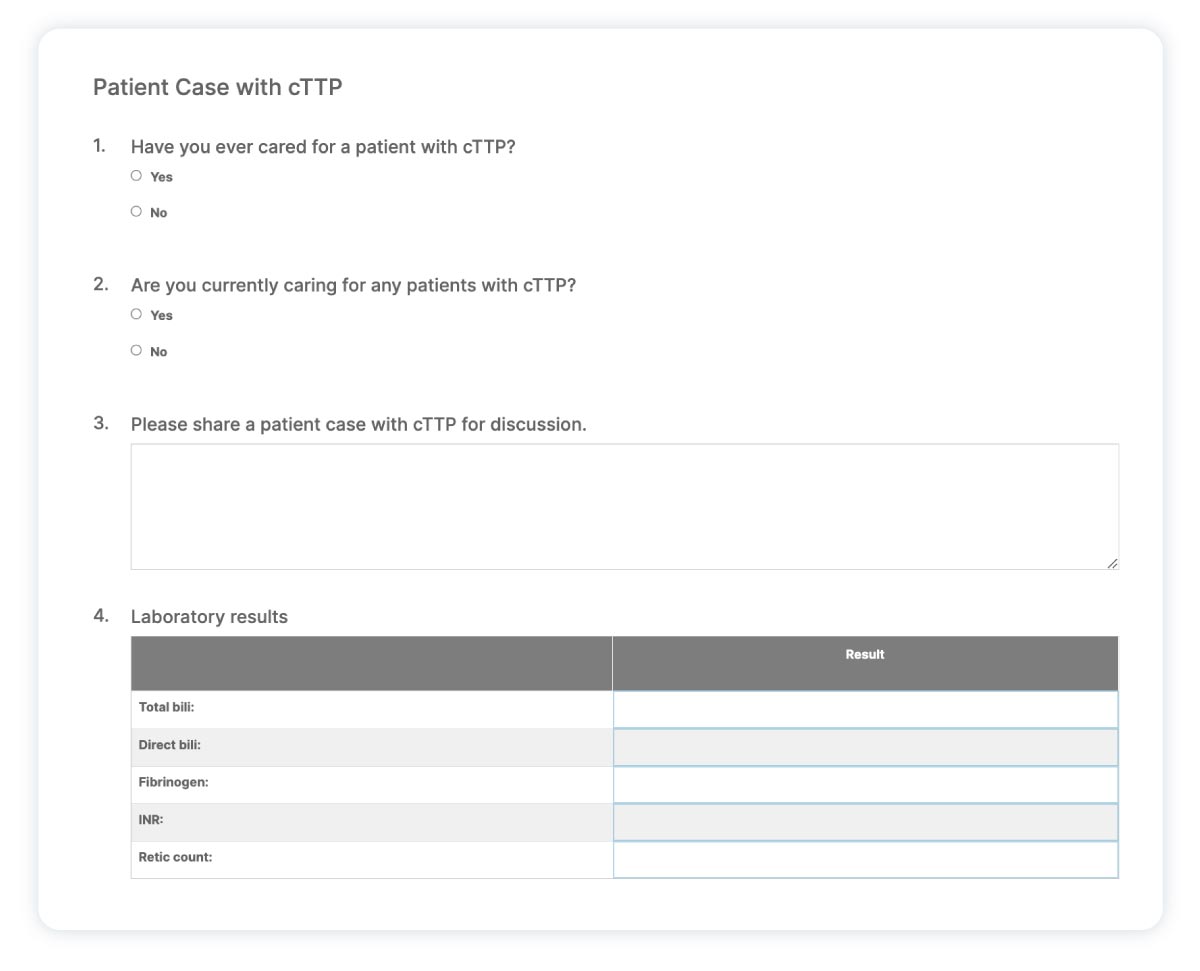
Recording and archiving functions serve multiple purposes. Beyond simply documenting discussions, they allow advisors who miss synchronous sessions to stay fully engaged and provide context for future meetings. Our platform automatically indexes these recordings, making specific topics easily searchable.
Here's a quick look at few other of our capabilities that draw teams to it for planning and executing their ad boards:
Community pages enable stakeholders to learn about each other by sharing bios, patient cases, communications and more.
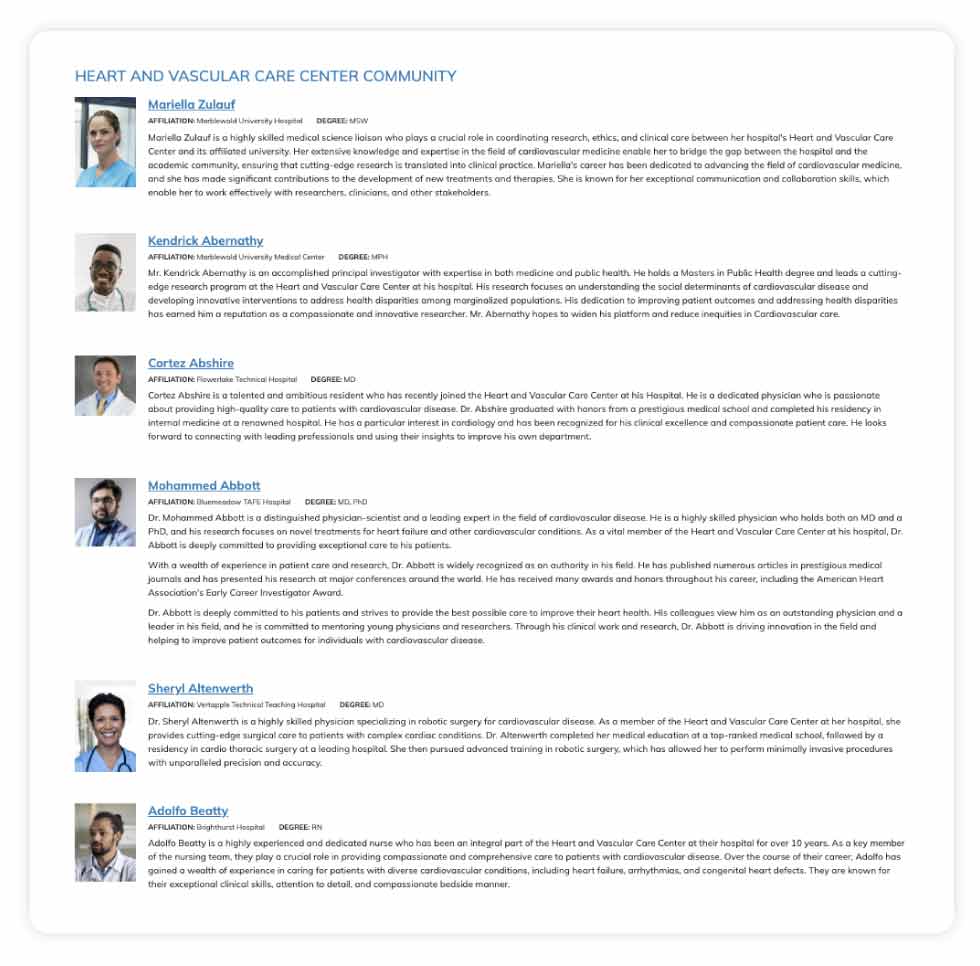
Whiteboards allow teams to roleplay and collaborate to solve a business challenge, draft a tactical plan, and provide visuals to support discussion and consensus.
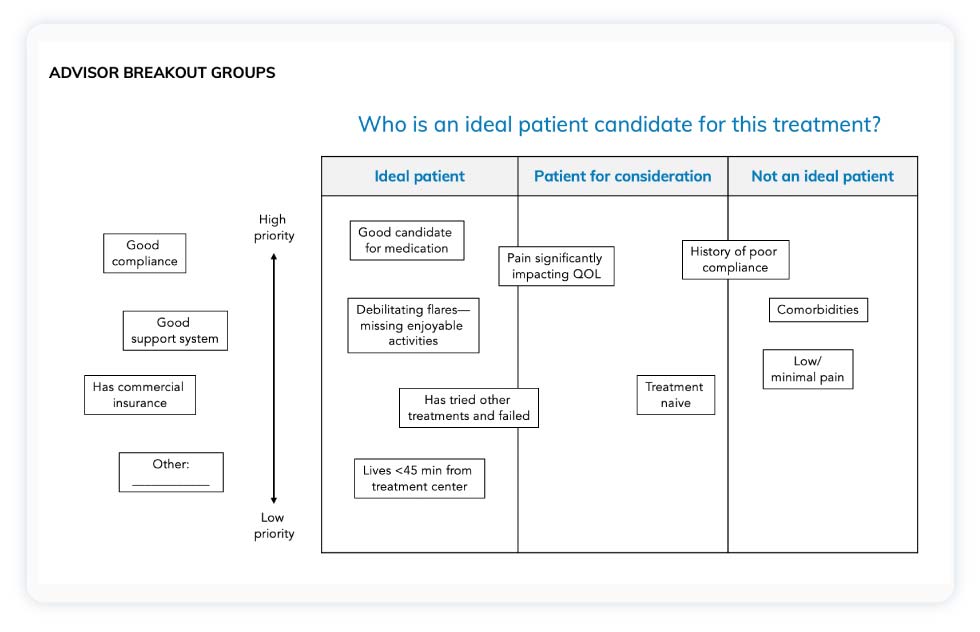
Stakeholder profiles measure how frequently engagement moves the needle in terms of HCP perceptions and behaviors over time.

In addition to helping you move to a virtual advisory board model, we deliver a variety of logistical and knowledge-based value-adds.
For example, in addition to recording and transcribing meetings, we go a step further to apply AI in analyzing output from individual sessions and across them. This helps teams save time with simple tasks like notetaking and perform more advanced knowledge-gathering, such as revealing common themes across multiple discussions that could directly inform product marketing and positioning.
Talk to us to learn how teams like yours use ExtendMed's analysis capabilities in creative and interesting ways to improve their workflows and engagement output. Our clients typically see 3x more touchpoints with key stakeholders, a 66% savings versus in-person ad boards, and less than 2 months cycle time for program planning and execution.
The Human Element of Ad Board Technology
Technical support isn't just about solving problems; it's about proactively ensuring smooth engagement. Our approach combines automated systems with human oversight.
For instance, we monitor advisor participation patterns and proactively reach out if we notice any engagement barriers. This helped us maintain consistently high participation rates throughout Mediar's three-week asynchronous discussion period.
Communication flexibility is crucial. While email remains important, we've found that offering multiple channels — including SMS and WhatsApp notifications — significantly improves engagement rates. Advisors can choose their preferred communication method, ensuring they stay connected without feeling overwhelmed.
|
1. Mobile accessibility Today's healthcare professionals are increasingly mobile, making cross-device accessibility essential. Our platform's mobile interface isn't just a scaled-down version of the desktop experience — it's specifically designed for on-the-go interaction. During the Mediar engagement, we found that many advisors preferred to review materials on tablets during their commute and participate in discussions via mobile devices during breaks in their clinical duties. 2. Ability to adapt to emerging needs Perhaps most importantly, your platform should be able to evolve quickly as needs change. When Mediar identified the need for targeted questioning capabilities, we implemented this feature within a week. This kind of adaptability ensures that technology supports rather than constrains your advisory board objectives. 3. Security and compliance While not always top-of-mind for users, robust security and compliance features are non-negotiable. Our platform incorporates enterprise-grade security while maintaining ease of use. This includes secure authentication, encrypted communications and comprehensive audit trails — essential features for maintaining the integrity of sensitive scientific discussions. |
Remember that technology should serve your advisory board's objectives, not define them. The right platform feels natural and intuitive while providing the sophisticated capabilities needed for meaningful scientific dialogue. When evaluating platforms, look beyond the feature list to understand how each capability supports your specific engagement goals.
Executing the Advisory Board
The execution phase is where thoughtful planning transforms into meaningful engagement. Drawing from our extensive experience, including our recent work with Mediar Therapeutics, I'll share our proven approach to running virtual advisory boards that consistently deliver exceptional results.
Setting the Stage with Pre-Engagement Activities
Success in virtual advisory boards often hinges on what happens before the first meeting. This preparation phase sets the tone for the entire engagement and builds confidence among your advisors that their time will be well spent.
Scheduling often requires more finesse than many teams realize. When coordinating Mediar's advisory board across multiple time zones and specialties, we moved beyond simple scheduling polls. We analyzed advisors' past participation patterns, considered their clinical schedules and used predictive algorithms to identify optimal meeting times. This comprehensive approach achieved over 90% live attendance for both synchronous sessions.
Resource preparation is an art in itself. The goal isn't just to provide information — it's to spark intellectual curiosity and prepare advisors for meaningful discussion. We've learned to layer information strategically.
|
|
Mastering the Opening Synchronous Meeting
The opening meeting sets the tone for the entire engagement. Rather than viewing it as just an introductory session, treat it as an opportunity to build a collaborative scientific community.
- Start with purposeful introductions. In Mediar's case, we moved beyond basic credentials to have each advisor share a specific challenge they'd faced in treating fibrosis. This immediately created common ground and highlighted the practical value of cross-disciplinary dialogue.
- When presenting background information, we've learned to be concise yet comprehensive. Dr. Bornstein's presentation was carefully structured to provide essential context while leaving ample time for discussion. We find that a 20-minute presentation followed by 40 minutes of discussion yields better engagement than longer presentations.
Setting expectations for the asynchronous phase requires clarity and motivation. We outline not just what we need from advisors but how their insights will directly impact clinical development decisions. This connection between their input and tangible outcomes significantly improves engagement.
Orchestrating the Asynchronous Discussion Period
The asynchronous phase is where the deepest insights often emerge, but it requires active management to maintain momentum. Think of it as conducting an orchestra — each participant contributes their unique expertise while you ensure overall harmony.
Discussion thread design is crucial. Rather than creating separate threads for each topic, we develop a progressive discussion structure that builds understanding over time.
In Mediar's case, we started with broader questions about treatment challenges before diving into specific clinical development decisions. This approach helped advisors see connections across different aspects of fibrosis treatment.
|
|
Regular reminders should feel like personal outreach rather than automated notifications. We craft individualized messages that reference advisors' previous contributions and highlight new discussions relevant to their expertise. This personalized approach helped drive the exceptional engagement levels in Mediar's advisory board.
Maximizing the Closing Meeting
The closing synchronous session is your opportunity to validate insights, achieve consensus and establish ongoing collaboration. Success requires careful preparation and skilled facilitation.
- Begin by presenting a sophisticated analysis of the asynchronous discussion. Rather than just summarizing points, identify patterns, contradictions and areas of consensus. For Mediar, we created visual representations of key themes that emerged across different therapeutic areas, making complex interconnections clear.
- When seeking clarification, focus on decision-critical issues. We prepare specific scenarios or decision points where advisor input can directly impact development plans. This concrete approach helps maintain engagement and ensures actionable outcomes.
- The discussion of the next steps should be specific and committed to action. In Mediar's case, we outlined how advisor insights would influence upcoming clinical trial designs and established clear channels for ongoing consultation.
Maintaining Momentum After the Meeting
The end of the formal advisory board should mark the beginning of ongoing collaboration. We help clients develop specific plans for maintaining advisor engagement, whether through regular updates, focused follow-up discussions or informal consultation.
Documentation is crucial but must be actionable. Beyond traditional meeting minutes, we create strategic briefs that connect advisor insights directly to development decisions. These become valuable resources for future planning and help demonstrate the impact of advisors' contributions.
Remember that execution excellence in virtual advisory boards comes from attention to detail and a deep understanding of how healthcare professionals prefer to engage. When done right, virtual engagement can actually deliver richer insights than traditional in-person meetings while respecting everyone's time and expertise.
A Few of Our Best Practices for Success
After years of facilitating virtual advisory boards, we've discovered that success lies in the subtle details of engagement management. Here's Amy Ravi on some hard-earned wisdom about what truly makes the difference between good and exceptional advisory boards.
1. Master the art of encouraging participation.
Maintaining consistent engagement in virtual advisory boards requires a sophisticated approach that goes well beyond simple reminder emails. Through our experience with clients like Mediar Therapeutics, we've developed nuanced strategies that drive meaningful participation while respecting advisors' time and professional commitments.
"The key to effective reminders is personalization and relevance. Rather than sending generic prompts, we craft messages that reference specific discussions or questions aligned with each advisor's expertise. For instance, during Mediar's three-week asynchronous phase, we noticed that hepatologists were particularly engaged in discussing certain biomarkers. We used this insight to create targeted outreach that sparked further expert discussion.
Recognition of contributions must be meaningful and specific. When an advisor shares a particularly insightful comment or raises an important consideration, we acknowledge it both privately and within the group discussion. During Mediar's engagement, we highlighted how specific advisor insights were influencing trial design considerations, demonstrating the tangible impact of their contributions."
— Amy Ravi, CEO, ExtendMed
Flexibility in participation means understanding and accommodating different working styles. Some advisors prefer to contribute during their morning rounds, others during evening hours.
Our platform analytics help us identify these patterns and optimize our engagement strategy accordingly. This attention to individual preferences helped Mediar's advisors contribute an average of five hours each to the discussion, with some providing over 25 distinct insights.
2. Cultivate a rich interdisciplinary dialogue whenever possible.
"The true value of virtual advisory boards often emerges from unexpected connections across disciplines. When Dr. Bornstein initially planned to segment discussions by specialty, we suggested a more integrated approach based on our experience. The results exceeded expectations.
Creating effective interdisciplinary dialogue requires careful orchestration. We begin by identifying common ground — in Mediar's case, the shared challenge of treating fibrosis across different organ systems. This common foundation helps specialists see beyond their immediate expertise to recognize broader patterns and opportunities."

— Amy Ravi, CEO, ExtendMed
We've developed specific techniques to facilitate cross-specialty insights, such as:
- Positioning questions to highlight shared challenges across specialties
- Drawing explicit connections between seemingly disparate observations
- Using case scenarios that intentionally cross traditional specialty boundaries
- Encouraging advisors to comment on implications beyond their primary expertise
The success of this approach was evident in Mediar's advisory board, where collaborative discussions between rheumatologists, hepatologists and pulmonologists led to innovative insights about biomarker development and patient stratification strategies.
3. Manage your resources.
Effective time and resource management in virtual advisory boards requires a delicate balance between structure and flexibility. The goal is to maintain momentum while allowing space for unexpected, valuable discussions to emerge.
"Synchronous sessions demand particular attention to timing. We've found that 90-minute meetings with clear segment breaks maintain energy and focus better than longer sessions. During Mediar's closing synchronous meeting, we allocated specific timeframes for different discussion topics but built in flexibility to explore unexpected insights that emerged from the asynchronous phase."

— Amy Ravi, CEO, ExtendMed
Documentation becomes a strategic asset when managed properly. Rather than producing traditional minutes, we create living documents that evolve throughout the engagement.
Our platform automatically captures and organizes insights, allowing us to generate real-time synthesis that helps shape ongoing discussions. This approach helped Mediar's team quickly identify key themes and action items without waiting for formal meeting summaries.
4. Clearly define success and measure your performance.
Success in virtual advisory boards must be measured across multiple dimensions. Through our work with dozens of pharmaceutical and biotech companies, we've developed sophisticated metrics that go beyond basic participation rates.
|
Qualitative assessment is equally crucial. We evaluate:
|
For Mediar's engagement, success was evident not just in the high participation rates but in the concrete impact on their clinical development strategy and the strengthened relationships with key opinion leaders.
4. Fully leverage your technology partnership.
A technology partner should be more than just a platform provider. Our relationship with Mediar demonstrates how the right partnership can transform advisory board effectiveness.
Strategic guidance begins with understanding your specific needs. When Dr. Bornstein approached us after experiencing limitations with other platforms, we didn't just offer features – we helped redesign their entire approach to virtual engagement.
This included:
- Customizing the platform to support their specific discussion needs
- Providing dedicated project management support
- Offering real-time analytics to guide engagement strategy
- Developing custom reporting formats aligned with their internal processes
The key is finding a partner who understands both the technology and the unique dynamics of scientific dialogue. Our team includes both technical experts and professionals with deep experience in medical communications, ensuring we can support both the technical and strategic aspects of virtual engagement.
"Remember that successful virtual advisory boards are built on a foundation of thoughtful planning, active engagement management and strategic use of technology. When these elements come together effectively, virtual advisory boards can deliver insights and value that surpass traditional in-person meetings while offering greater convenience and efficiency for all participants."

— Amy Ravi, CEO, ExtendMed
Documentation becomes a strategic asset when managed properly. Rather than producing traditional minutes, we create living documents that evolve throughout the engagement.
Our platform automatically captures and organizes insights, allowing us to generate real-time synthesis that helps shape ongoing discussions. This approach helped Mediar's team quickly identify key themes and action items without waiting for formal meeting summaries.
Ready for better, more frequent stakeholder engagement at a fraction of the cost? Let’s start the conversation.

Successful virtual scientific advisory boards require the right combination of strategy, technology and execution. By following these guidelines and leveraging platforms like Health Expert Connect™, organizations can achieve meaningful engagement with thought leaders while maintaining efficiency and cost-effectiveness.
As demonstrated by our work with Mediar Therapeutics, virtual advisory boards can deliver superior results compared to traditional in-person meetings when properly structured and supported.
Our goal is to help you have richer and more frequent engagements with each of your stakeholders at a lower cost.
Visit pages.extendmed.com/solutions for a quick look at our solutions and how we empower teams to have richer engagements with each of their stakeholders. Want to get in touch with questions or schedule a free platform demo? Contact us.
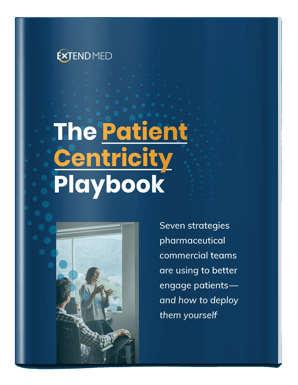
📄 Free White Paper
The Patient Centricity Playbook
Seven strategies pharmaceutical commercial teams are using to better engage patients—and how to deploy them yourself
